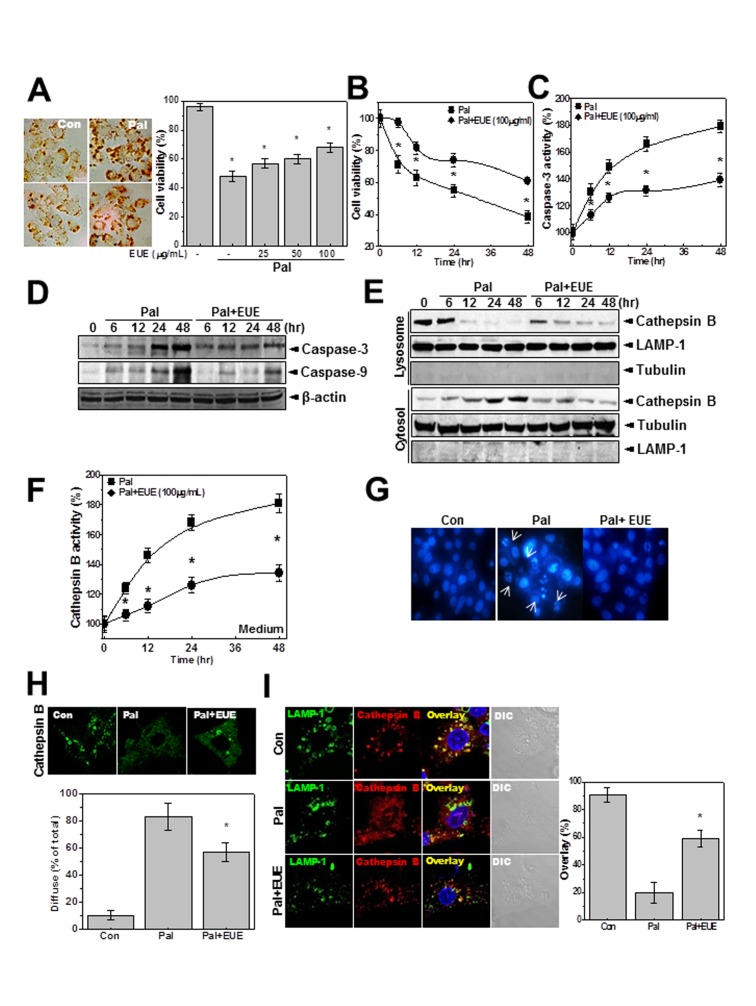Figure 2. EUE regulates palmitate-induced lysosomal BAX localization.
Cells were treated with 500 µM palmitate. After 24 hours, fat accumulation in cells was stained by Oil Red O (A, left). Cells were treated with 500 µM palmitate in the presence or absence of 25, 50, or 100 µg/mL EUE for 24 hours and cell viability was analyzed (A). Cells were treated with 500 µM palmitate in the presence or absence of 100 µg/mL EUE for 0, 6, 12, 24, or 48 hours. Cell viability (B) or caspase-3 activity (C) was analyzed and immunoblotting with anti-caspase-3, caspase-9, or β-actin antibody was performed (D). Immunoblotting of lysosome and cytosol fractions was performed with antibody against cathepsin B, LAMP-1, or tubulin (E). Cathepsin B activity in the medium was measured (F). Cells were treated with 500 µM palmitate in the presence or absence of 100 µg/mL EUE for 24 hours. Hoechst staining (G) and cathepsin B immunostaining (H) were performed, and the diffuse staining pattern was quantitatively analyzed (H; lower). Co-immunostaining of cathepsin B and LAMP-1 was performed (I), and the overlap of staining was quantified (right). * p<0.05, significantly different from palmitate-treated condition, Pal.; palmitate, EUE; Eucommia ulmoides Oliver extract.

